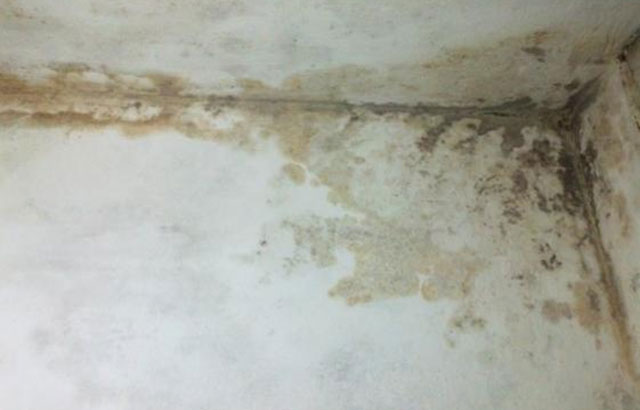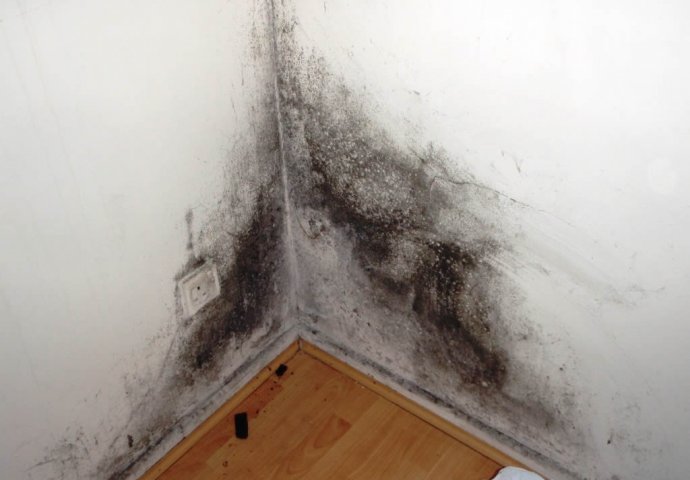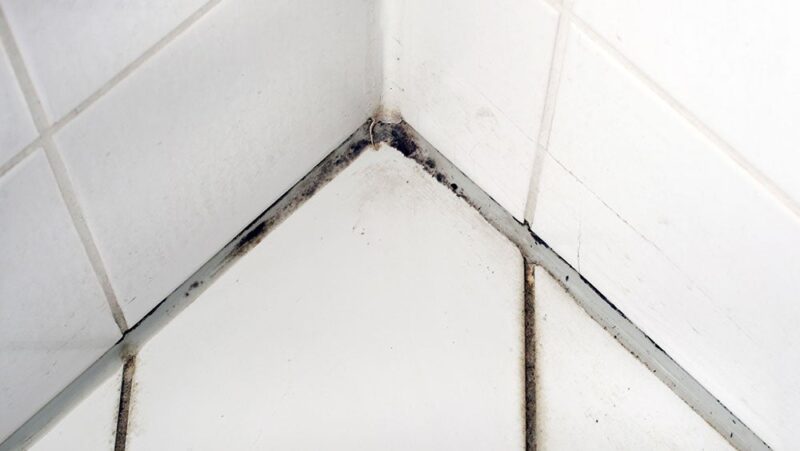When it comes to protecting your home and health, few threats evoke as much concern as black mold. Its insidious presence can lead to a host of health issues, from respiratory problems to skin irritations, making it imperative to act swiftly and decisively.
However, in the quest to uncover this hidden menace, many homeowners fall prey to common missteps that can exacerbate the situation. Not only can these errors lead to inaccurate results, but they may also neglect the underlying issues at play.
In this article, we will explore the pitfalls to avoid when testing for black mold, arming you with the knowledge to tackle this problem effectively. Whether you’re a seasoned DIY enthusiast or a cautious novice, understanding what not to do is just as crucial as knowing the right actions to take.
Let’s delve deeper into the missteps that could hinder your efforts to create a safe and healthy living environment.
Avoid Ignoring Visible Signs of Mold

Mold can be sneaky; it often thrives in hidden corners where we least expect it, but when its presence becomes manifest through visible signs, it demands immediate attention. Dark spots on walls, fuzzy growths on damp surfaces, or even a musty odor wafting through the air are clear indicators that something is amiss.
Ignoring these visible signals is akin to ignoring a smoke alarm; it could lead to greater disaster down the line. It’s tempting to think, Oh, it’s just a little mold, but that small oversight can quickly escalate into a serious health concern.
Instead of dismissing these alarming clues, take action: investigate the source of moisture, consult a professional, and address the issue head-on. Remember, knowing what not to ignore is half the battle in safeguarding your home—and your well-being.
Avoid Taking Samples from Unrepresentative Areas

When testing for black mold in your home, it’s vital to avoid taking samples from unrepresentative areas, as this can lead to misleading results. Picture this: you discover a small patch of mold in a seldom-used corner of your basement.
If you only take a sample from that localized site, you might falsely conclude that mold growth is isolated and manageable. However, mold spores can spread throughout the home—hidden behind walls, under carpets, or even in the air—affecting spaces that may appear unaffected at first glance.
To obtain a true understanding of the mold situation, ensure you sample various locations, especially areas prone to moisture like bathrooms, kitchens, and around windows. This comprehensive approach will give you a clearer picture of the infestation, leading to more informed decisions and effective remediation strategies.
Don’t compromise your health by neglecting to explore the whole environment; a thorough evaluation is your best defense against mold misdiagnosis.
Don’t Ignore the Importance of Lab Analysis

When testing for black mold in your home, one critical mistake is overlooking the importance of professional lab analysis. Sure, you might feel tempted to handle things yourself, but the complexities of mold identification require more than just a DIY kit.
A simple surface swab might miss underlying issues, leaving you with a false sense of security. Lab analysis, on the other hand, offers a detailed examination, ensuring the type and concentration of mold spores are accurately identified.
Moreover, professionals can unveil hidden infestations that an untrained eye might easily overlook. Investing in lab testing can mean the difference between a minor issue and a significant health hazard lurking beneath the surface, underscoring the necessity of this step in your mold eradication strategy.
Conclusion
In conclusion, understanding what not to do when testing for black mold in your home is crucial for obtaining accurate results and ensuring the safety of your living environment. Avoid shortcuts such as relying on DIY kits without proper knowledge, neglecting to prioritize safety precautions, or overlooking potential sources of moisture that could compromise your findings.
By approaching Black Mold Testing with diligence and care, you can effectively identify any hazards and take appropriate action. Remember, seeking professional assistance can often provide the most reliable answers and solutions, helping you maintain a healthy home for you and your loved ones.


